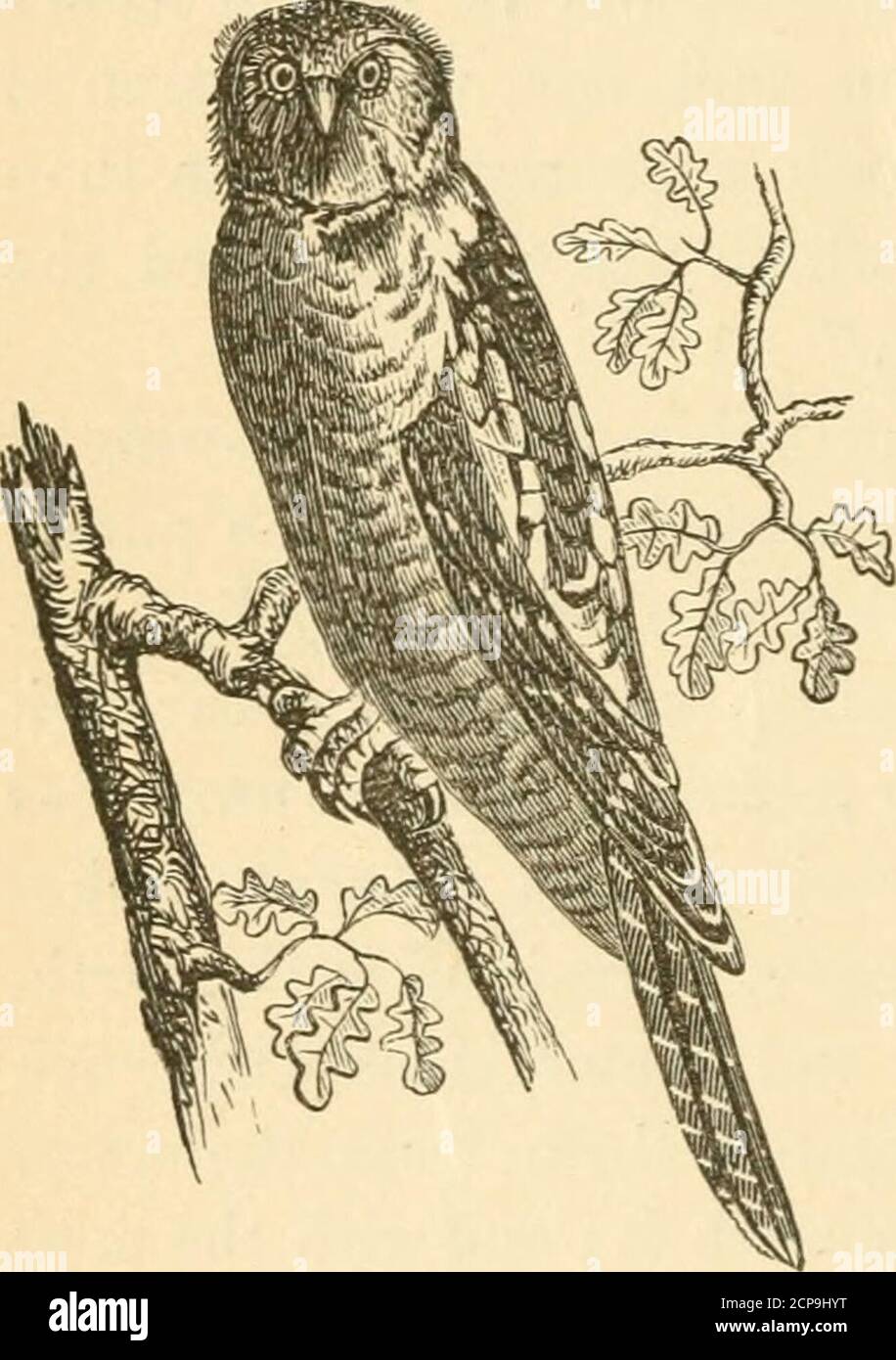. Our own birds : a familiar natural history of the birds of the United States . ave been the favorite Hawk among the fal-coners of the olden time. In the early part of Euro-pean history mention is frequently made of the sportof hawking, and it was then considered as a recrea-tion of such a dignified character, that it was placedby laws beyond the power of any but the nobility toengage in it. The various nobles vied with eachother in the superiority and numbers of their Falcons,and the life of a serf is said to have been esteemedof less value in the eyes of a Norman Baron thanthat of his favor

Image details
Contributor:
Reading Room 2020 / Alamy Stock PhotoImage ID:
2CP9HYTFile size:
7.1 MB (294 KB Compressed download)Releases:
Model - no | Property - noDo I need a release?Dimensions:
1327 x 1883 px | 22.5 x 31.9 cm | 8.8 x 12.6 inches | 150dpiMore information:
This image could have imperfections as it’s either historical or reportage.
. Our own birds : a familiar natural history of the birds of the United States . ave been the favorite Hawk among the fal-coners of the olden time. In the early part of Euro-pean history mention is frequently made of the sportof hawking, and it was then considered as a recrea-tion of such a dignified character, that it was placedby laws beyond the power of any but the nobility toengage in it. The various nobles vied with eachother in the superiority and numbers of their Falcons, and the life of a serf is said to have been esteemedof less value in the eyes of a Norman Baron thanthat of his favorite Hawk. To the Hawk familyalso belong the Kite, the Swallow - tailedHawk, the PigeonHawk, the Sharp-shin-ned Hawk, and theRed - shouldered andRed - tailed Buzzards, all of which are moreor less abundant in thevarious sections of thecountry. Next to these, as aconnecting link be-tween the Hawks andHawk Owl. Owls, we have the Hawk Owl, which appears to be only an occasionalvisitor south of the St. Lawrence river. In the vicin-ity of Hudsons Bay it is quite abundant, and is also. THE HAWK OWL. 185 found in Denmark, Sweden, and Siberia. It stronglyresembles the Hawks in the general form of the body, the narrowness of the face, and the length of thetail; but the radiating feathers around the eyes andbill, as well as the form of the legs and feet, at oncedistinguish it as an Owl. It is said to be a bold andactive species, possessing many of the manners ofthe Hawk, preying by day, and often following thesportsman and carrying off the game as soon as shot. With the general appearance of the Owl it is pre-sumed that most of our readers are acquainted. Alarge head, with a broad flat face, huge eyes sur-rounded with fine feathers, which radiate in all direc-tions, and almost conceal its small, hooked bill; thehead sometimes surmounted with two fierce-lookins:horns which project side*ways from above the eyesjthese form some of the most prominent features ofthis peculiar family. With the Owl